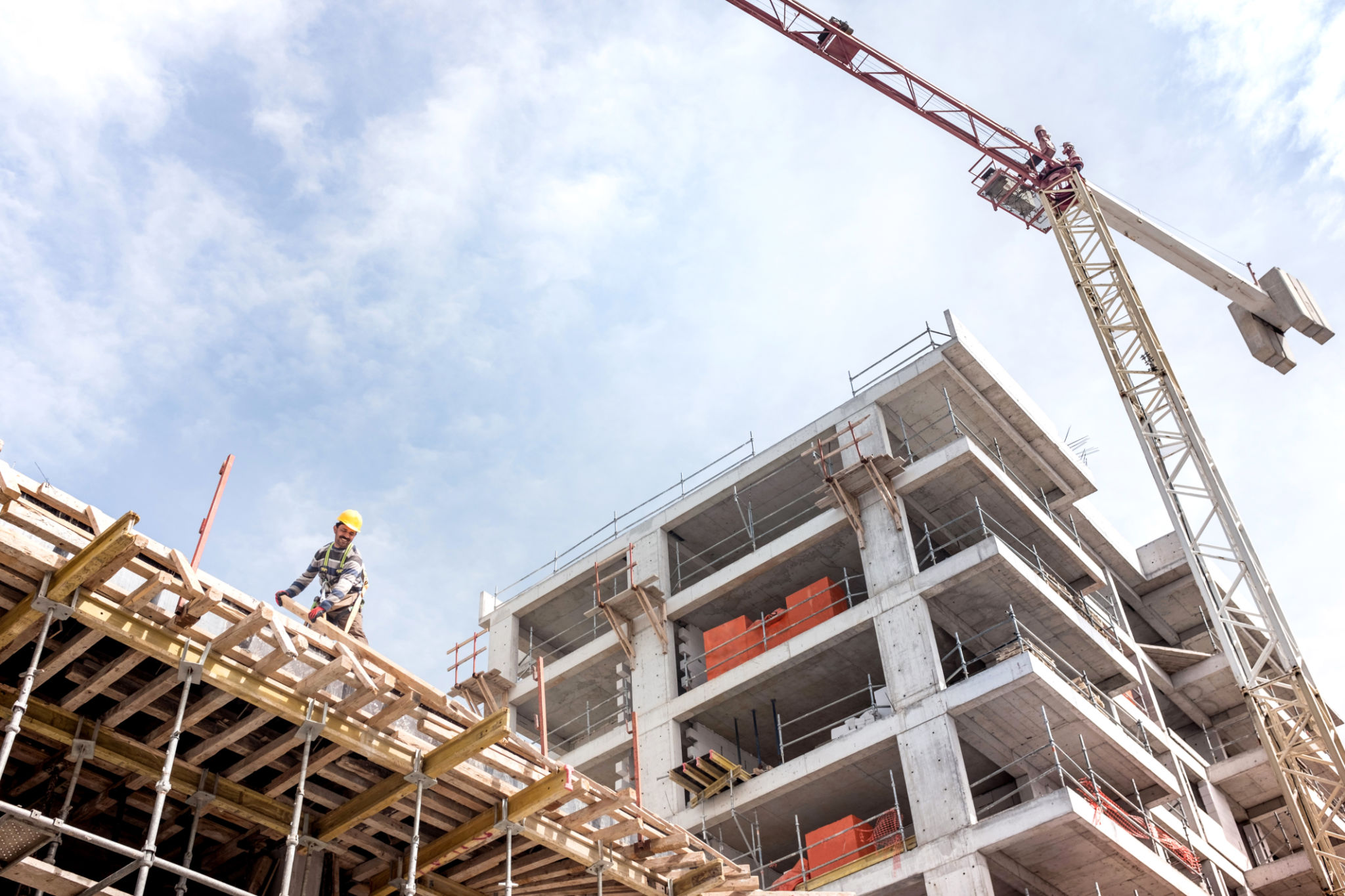Case Study: Transforming a Hong Kong Neighborhood with Prefabricated Homes
Introduction to Prefabricated Homes
In the bustling city of Hong Kong, where space is a luxury and housing demands continue to rise, innovative solutions are essential. One such solution gaining traction is the use of prefabricated homes. These homes are not only cost-effective but also significantly reduce construction time. This case study explores how prefabricated homes are transforming a neighborhood in Hong Kong, offering a glimpse into the future of urban living.

The Challenge of Urban Housing
Hong Kong is known for its vibrant culture and economic prowess, yet it faces a persistent challenge: housing scarcity. With limited land available for new developments, traditional construction methods often fall short in addressing the needs of its growing population. The high costs and lengthy timelines associated with conventional building processes exacerbate the problem, making it vital to explore alternative solutions.
Why Prefabricated Homes?
Prefabricated homes present a promising alternative, offering a flexible and efficient approach to housing. These homes are manufactured off-site in controlled environments, ensuring high-quality construction with minimal waste. Once completed, the units are transported to their final location and assembled quickly, reducing on-site construction times by up to 60%. This method not only saves time but also minimizes disruption to the surrounding community.

The Transformation of a Hong Kong Neighborhood
In recent years, a neighborhood in Hong Kong has embraced prefabricated homes, sparking a significant transformation. The area, once grappling with overcrowding and inadequate housing, now showcases a thriving community of modern, sustainable living spaces. This transformation demonstrates the potential of prefabricated homes to address urban housing challenges effectively.
Community Impact
The introduction of prefabricated homes has revitalized the neighborhood in several ways:
- Improved Living Conditions: Residents now enjoy well-designed, spacious homes equipped with modern amenities.
- Enhanced Aesthetics: The sleek, contemporary designs of prefabricated homes have elevated the visual appeal of the area.
- Environmental Benefits: The sustainable building practices reduce waste and carbon emissions, contributing to a greener environment.

Lessons Learned and Future Prospects
The success of prefabricated homes in this Hong Kong neighborhood offers valuable insights for other urban areas facing similar challenges. Key lessons include the importance of collaboration between government bodies, developers, and the community to ensure successful implementation. Additionally, continued innovation in design and materials will be crucial in meeting future housing demands.
The Path Forward
Looking ahead, the potential for prefabricated homes to reshape urban landscapes is immense. As technology advances and awareness grows, more cities may adopt this approach to tackle housing shortages efficiently. For Hong Kong, this case study serves as a model of progress, highlighting how innovative solutions can lead to sustainable urban development.
